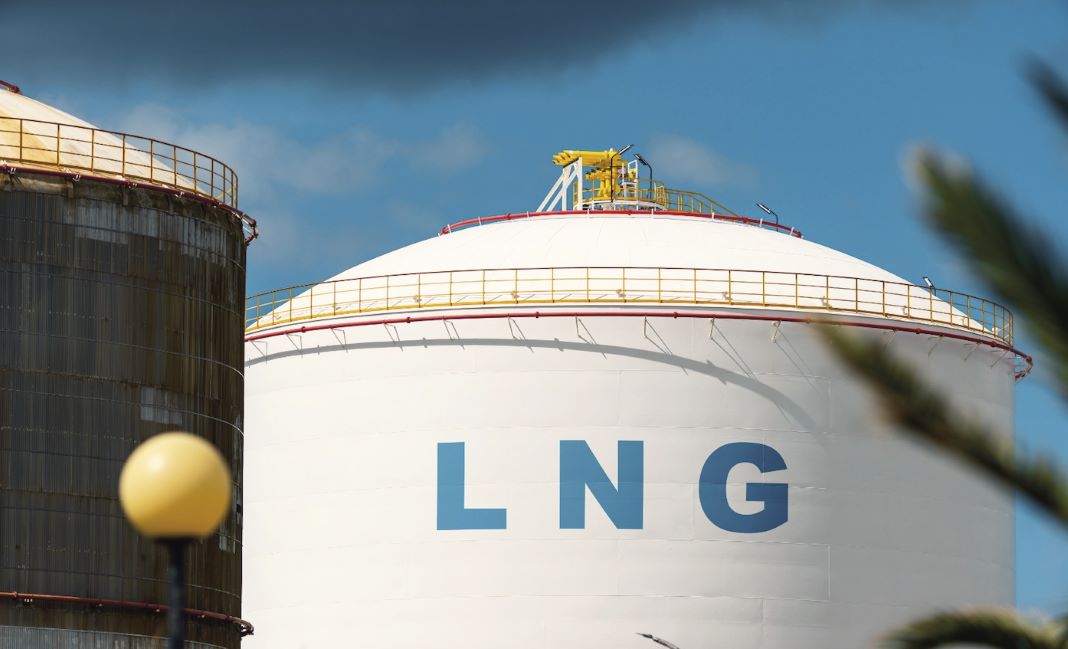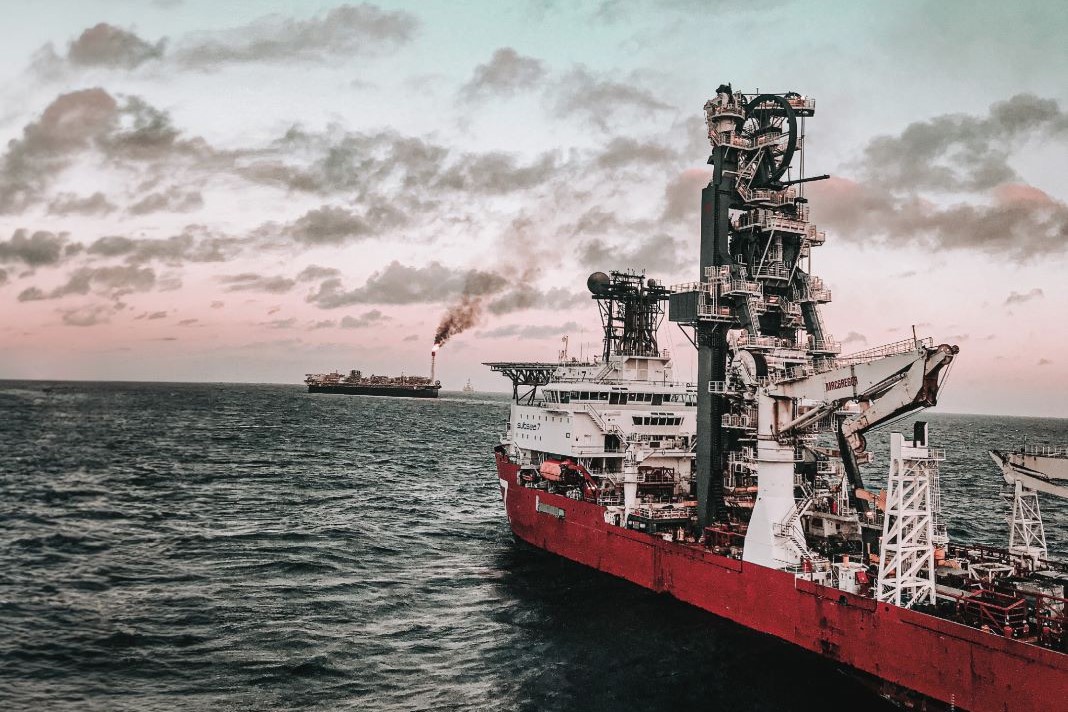Africa may not possess the vast conventional gas resources of the Middle East or Russia and it may not be able to match the combined conventional and unconventional resources of North America. But it does have a sizeable amount of gas – at least 620-trillion cubic feet (tcf) or 17.56-trillion cubic meters (tcm) ‒ in proven reserves.
That’s more than enough to make Africa a key player in the global gas industry. In fact, it puts Africa in a position to influence the course of the industry, especially in light of long-term trends, including the shift to more flexible contract and delivery terms, along with more recent developments such as the Russia-Ukraine conflict.
The African Energy Chamber (AEC) has outlined our expectations for Africa’s gas sector in the “The State of African Energy Q1 2023 Report”, a new publication available for download on our website. The report covers our outlook on both upstream and downstream trends. Here, I’d like to offer some extra insight into our take on downstream developments – that is, on African liquefied natural gas (LNG) projects, including the countries currently dominating the industry and those preparing to make their presence known.
African gas takes the stage
First, some background on Africa’s significant gas reserves. Prior to last year, those reserves had already drawn a significant amount of attention from international oil companies (IOCs) and other entities involved in the global gas trade. Indeed, they hadn’t just attracted attention; they had also attracted many billions of dollars in investment commitments from firms seeking access to large undeveloped gas deposits. IOCs were especially keen to enter offshore frontier provinces such as the Ruvuma basin, located off the coast of Mozambique, and the Senegal-Mauritania section of the MSGBC basin, located off the continent’s western coast.
These companies were interested in Africa not just because they wanted to add new assets to their portfolios. They also wanted to maximise their ability to serve customers seeking gas on flexible terms. This was in line with the long-term shift towards greater flexibility in the gas sector, which is shedding its previous reliance on overland pipeline deliveries and long-term, large-scale contracts with pricing formulae linked to crude oil.
That is, IOCs wanted African gas precisely because they saw it as an additional means of supporting alternative supply arrangements involving spot market purchases and tanker shipments of LNG. But they shifted from wanting African gas to needing it in late February 2022, when conflict broke out between Russia and Ukraine. I continue to see this as a major topic requested by many to be on the agenda at African Energy Week taking place in Cape Town on 16-20 October.
African gas enters the spotlight
This event – the Russian invasion of Ukraine – turned out to be a tipping point for Africa’s gas sector. The conflict sent global energy markets into a frenzy. This was partly because it led the US, the UK and the European Union to introduce embargoes on Russian crude oil supplies and partly because it sparked concerns about possible interruptions in Russian gas deliveries to Europe via pipeline. These concerns appeared to be valid, as Russian gas shipments to Europe became irregular last year despite the lack of a formal embargo such as the one imposed on oil.
The conflict also led the EU to step up its long-standing campaign to reduce dependence on Russian gas. Russia has long been the largest outside supplier of gas to the European market and up until the end of 2021, it was the source of at least a third of all volumes consumed within the EU. Uncertainty over these supplies heightened European interest in alternative supply sources and a significant portion of that interest settled on Africa.
As a result, some IOCs and EU member states began pursuing deals with North African states that were already in a position to export gas to Southern Europe via pipelines. The Italian energy major Eni, for example, signed a deal with Libya’s National Oil Corp (NOC) in January 2023 with the intent of investing $8-billion in a gas project that could export its output via the Greenstream pipeline.
Eni has also added a number of gas-producing assets in Algeria, which has pipeline connections to both Italy and Spain, to its portfolio over the last year. However, some IOCs and EU states have focused on LNG-oriented endeavours that are in line with the growing flexibility of the global gas market. Italy is certainly set to benefit from Eni’s efforts on this front; over the last year, the company has arranged to import more LNG from two existing suppliers, Algeria and Angola, while also launching LNG exports from the Coral field offshore Mozambique and striking a deal with the Republic of Congo on its floating LNG (FLNG) project for the Marine XII fields.
Eni is hardly alone. For example, the British giant BP said earlier this year that it anticipated making a final investment decision on the Yakaar-Teranga LNG project, which focuses on a group of fields off the coast of Senegal, before the end of 2023. Meanwhile, Shell (UK) and Equinor (Norway) revealed in mid-May that they had finished negotiations on the $42-billion Tanzania LNG project and expected to sign a host-government agreement and production-sharing agreement soon.And there are plenty of other examples.
Altogether, there have been enough new investment pledges made that Africa is now on track to see its total LNG export capacity rise from the current level of 80-million tons per year to around 110-million tons per year by 2030 and to more than 175-million tons per year by 2040.

Africa’s slowly expanding cast of LNG players
But as the AEC explains in “The State of African Energy Q1 2023 Report”, these commitments are not going to change the picture for African LNG immediately. For the time being, the continent’s LNG business will continue to be dominated by the most established players: Egypt, Algeria and Nigeria, and to a lesser extent, Equatorial Guinea and Angola. Algeria and Egypt, our report notes, likely will maintain their existing LNG infrastructure capacity of about 29-million tons per year and 12.7-million tons per year respectively. Nigeria, meanwhile, will increase its LNG infrastructure capacity from 22-million tons per annum (MMtpa) to 30 MMtpa when it completes the Nigeria LNG (NLNG) Train 7 development, our report states.
The project by Nigeria LNG, a venture comprising the Nigerian National Petroleum Corporation, Shell, TotalEnergies and Eni, calls for the construction of an additional LNG train and a liquefaction unit for Nigeria’s six-train Bonny plant.
Train 7, which was about 32% complete in late 2022, is intended to meet local needs while increasing Nigerian LNG exports, diversifying Nigeria’s revenue portfolio and helping the country better capitalise on its 200 tcf of natural gas reserves. Nigerian maritime logistics company UTM Offshore, meanwhile, likely will nudge up Nigeria’s capacity to just over 31 MMtpa when it completes the FLNG project mentioned above. As of last November, the FLNG was expected to start operating in 2027.
BP is due to begin first-phase production at Grand Tortue/Ahmeyim block in late 2023, and Eni and its partners are set to expand LNG production at the Coral field offshore Mozambique. Indeed, the AEC expects these projects to help push African LNG exports up to the equivalent of 66-billion cubic metres this year, up 5% on 2022.
However, it’s going to take time to bring the rest of the new projects on stream and to build all these new onshore and offshore LNG plants. Tanzania LNG, for example, is not expected to begin production until 2028 and Eni’s Marine XII project will not reach its full capacity of three-million tons per year until late 2025.
TotalEnergies of France is not likely to begin commercial operations on the Mozambique LNG project before 2025 and the US giant ExxonMobil will need even more time to launch its Rovuma LNG project in Mozambique, since it has yet to reach the final investment decision stage.
This means that Algeria, Egypt and Nigeria will continue to account for the majority of the LNG coming out of Africa for the next few years and that the balance won’t really start to shift until the end of the decade. IOCs and EU states are currently laying the groundwork for expanding production and opening up new basins to support LNG projects, but it will take a few years for their efforts to pay off.
For more insights on LNG projects and other developments in the African gas sector, read our “The State of African Energy Q1 2023 Report.” It is available for download at www.EnergyChamber.org.

Distributed by APO Group.


